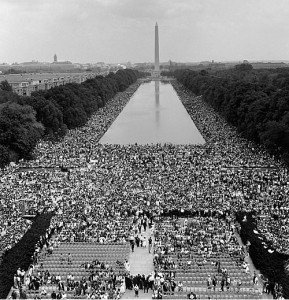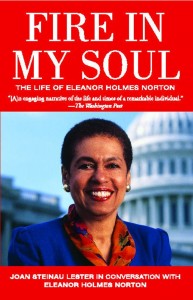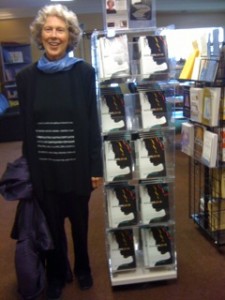The Great March of August 28, 1963
I’d bought the car at a police auction for $25.
You could do that then in New York City: ride the subway to some out-of-the-way lot full of junked cars, make a bid, and the next day, the car might be yours. My then-husband J and I had done just that, in preparation for our summer job caretaking a cabin in northern Vermont.
In June we set out from our basement apartment, bumping the old jalopy all day up route 5, until late at night we found the remote cabin, complete with shaggy dog, at the end of a two-mile dirt road.
For me, it was heaven. Every morning I cleared brush while J wrote. Then I’d chop kindling for the stove, cook a hearty lunch of chicken wings, a cheap meal we ate nearly every day, and hike barefoot down the dirt road to pick up yesterday’s New York Times, waiting in our mailbox. As a woods child, life couldn’t get any better.
Except, as summer wore on, news built of a major March for Jobs and Freedom. Friends wrote about plans to attend, and I wanted desperately to go.
In New York I’d been a fervent foot soldier: picketing Woolworth’s in solidarity with southern sit-ins, demonstrating at construction sites which wouldn’t hire Negroes, letting southern civil rights workers camp on the floor of our cramped apartment. This March was to be a culmination, a great push for a Civil Rights Act, and with every fiber of my being I yearned to be there.
But J wasn’t keen on interrupting his writing ; we suspected the old car wouldn’t survive that long trip; and I hardly had money for train or bus. At twenty-two, I couldn’t figure out how to go alone.
So I did the next best thing. All that hot day of August 28 I sat by myself in our car, absorbing the speeches. I sobbed at the size of the crowd, the hopeful words. Shaken, by day’s end I was too exhausted to chop wood, start a fire in the stove, and cook dinner. We ate cold tomato soup that night, but my heart was full.
Since then, one of my few regrets is that I didn’t somehow make the historic trip. But one of the many wonderful aspects of being a writer is that you can revisit events.
In 2001, while researching Fire In My Soul, a biography of civil rights icon Congresswoman Eleanor Holmes Norton, I listened to her describe closing up the March’s New York headquarters at dawn, then fly in over Washington and, with awe, see the gathering crowds. The five impassioned March pages I wrote in the biography felt like reclaiming the day for myself.
Later still, when I wrote my novel Mama’s Child, featuring 60s and 70s Movement activists, I had my characters meet that summer of ’63. Solomon and Elizabeth, the biracial couple at the heart of the tale, were voter registration volunteers in Mississippi, but as activists they surely were part of the multitudes thronging the Lincoln Memorial , cheering until they were hoarse. Recreating the charged atmosphere of that summer was a joy, and honor.
Today, when I look back at the young woman crouched in the old car listening to the radio, tears trickling, I understand that I too participated in that history-making day, as best I could. And through the life of a writer, I’ve been given another chance to play my part.
—
Dr. Joan Steinau Lester is the author of the recently released novel, Mama’s Child. Follow Lester on Twitter and find her on GoodReads. As a member of a biracial family, Lester’s lifelong passion has been writing about issues of racial identity. Dr. Lester is an award-winning commentator and author of four critically acclaimed books: Eleanor Holmes Norton: Fire In My Soul; The Future of White Men and Other Diversity Dilemmas; Taking Charge: Every Woman’s Action Guide; and her first novel, Black, White, Other: The Search For Nina Armstrong. She has won the NLGJA Seigenthaler Award in journalism and the Arts & Letters Creative Nonfiction Finalist Award. Taking Charge was nominated as a Best Women’s Book by the San Francisco Women’s Heritage Museum and Mama’s Child was a Bellwether Prize finalist. After receiving her doctorate in multicultural education, Dr. Lester served as the Executive Director of the Equity Institute, which pioneered the diversity wave of the ’80s and ’90s, for sixteen years.
Category: On Writing, US American Women Writers



























Comments (1)
Trackback URL | Comments RSS Feed
Sites That Link to this Post